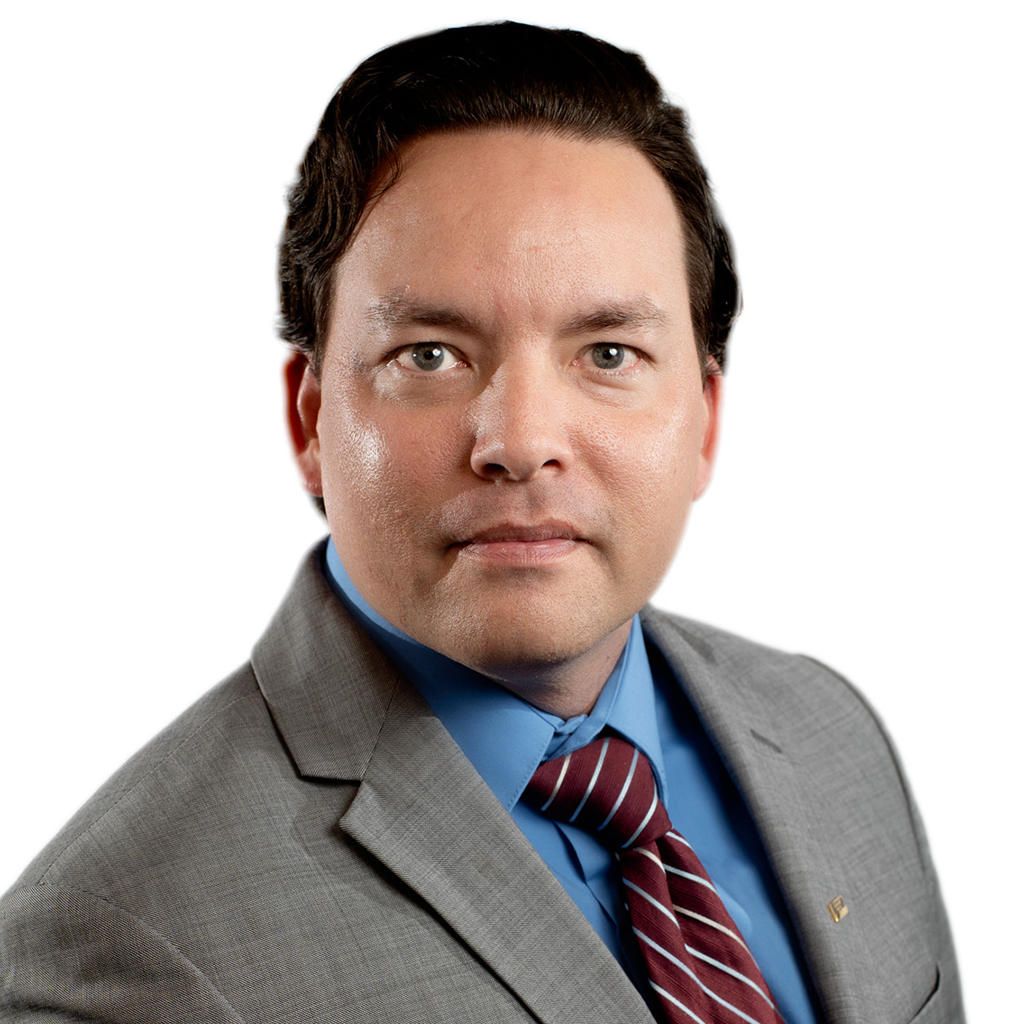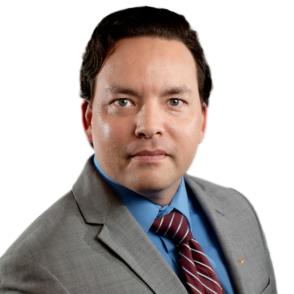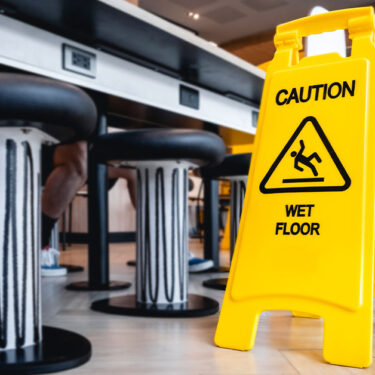“Reopening schools is going to be very difficult,” said Justin Dorman, National Product Manager, Workers Compensation, Burns & Wilcox, Charleston, South Carolina. “We have already seen some really harsh impacts with the spike in COVID cases in places where you have students in confined spaces. How to do this safely is still a work in progress.”
Whether school officials have students return in-person or online, their decisions could bring new liabilities related to virus transmission or even digital learning — making Directors & Officers (D&O) Insurance, Employment Practices Liability Insurance (EPLI), Cyber and Privacy Insurance, and Workers’ Compensation Insurance necessary for all educational institutions.
“There are a lot of challenges and many unknowns,” said Matthew Lefchik, Director, Cyber Risk Management, Node International, Detroit/Farmington Hills, Michigan. “There are so many organizations that are still trying to navigate through the nuances of what the risks could be: not just the health risk, but the cybersecurity risk.”
School board decisions in spotlight as cases rise; staff whistleblower lawsuits expected
In Florida, where the state’s largest teachers union is suing over a state mandate that K-12 schools must reopen in-person five days per week, COVID-19 cases in children have increased 137 percent in the last month. While school districts and colleges must adhere to state guidelines, local school boards are ultimately responsible for reopening plans in many areas. The decisions made by these governing boards — from student housing capacity at colleges to desk spacing in elementary schools — could become the subject of lawsuits under an institution’s D&O Insurance. This type of policy covers board members in their decisions and actions in their role.
“If there was a misjudgment made in the decision-making process, that can potentially become a D&O claim,” said Heather Schaaf, Underwriting Director, Burns & Wilcox, Chicago, Illinois. “It could be the timing of their reopening plan or the way they operated while open. Additionally, if COVID cases rise and they decide to close again and go 100 percent remote, any of those decisions made can be scrutinized and possibly turn into a D&O claim.”
Even during the summer semester, many colleges have seen COVID-19 spread among students and staff. At least 136 fraternity house residents and six other students were infected with COVID-19 at the University of Washington in Seattle, and Harris-Stowe State University in St. Louis closed its campus in July after eight administrators tested positive for the virus. At Appalachian State in North Carolina, six employees and 47 students tested positive, in addition to 41 subcontractors who were working on campus construction projects.
As more staff report to work at both K-12 schools and colleges, an increase in EPL lawsuits is also anticipated. Hundreds of COVID-related EPL lawsuits have already been filed against employers, Schaaf said. Lawsuits could allege Americans with Disabilities Act discrimination if staff members with health conditions are not appropriately accommodated, and Wage and Hour cases could result if teachers are asked to don PPE, subject to health screenings or perform other unpaid work before officially starting their workday. “If it is an hourly employee, they need to be compensated for that time,” she said.
Lawsuits related to protected whistleblowing activity are also expected. “We are going to start seeing more whistleblower cases, which is when someone sees something in the workplace and speaks up about it, and they are retaliated against,” Schaaf explained, pointing to the recent story of the Georgia student who was suspended after posting photos from her high school’s crowded hallways. “If it had been a staff member and they were fired, that would be a retaliation whistleblower suit under the EPL Insurance.”
As information and guidelines change, most school districts and colleges have made multiple versions of their reopening plans, Schaaf said. “Schools are in a tough position, and they are really working hard to accommodate not only their staff but their students,” she said, adding that schools should review their D&O and EPL Insurance so they are ready to confront a potential wave of lawsuits. “If they have the coverage, they should keep it or improve on it. Do not pull back on it right now to save money. We know there are more lawsuits coming.”
Employees who contract COVID-19 could be eligible for Workers’ Compensation
Although Workers’ Compensation Insurance would not normally cover a virus, many states have extended it to cover COVID-19 for certain essential workers. In California, a temporary “rebuttable presumption” was created that shifted the burden of proving the virus was contracted at work away from the employee. Teachers and other education staff who contract COVID-19 would need to check whether they are eligible for Workers’ Compensation in their state.

These Workers’ Compensation claims may end up being much higher than they were initially, and it will take years for us to really see how this pandemic has impacted the industry in all lines of business.
“Workers’ Compensation has never covered common colds or the flu, because it is almost impossible to track where you may have contracted the illness,” Dorman said. “COVID is obviously different, and it is good to see a lot of states battling for certain employees, especially in health care, because their jobs involve a higher likelihood of exposure. The issue is just how far do we expand these laws, because you also do not want to put the whole burden on the Workers’ Compensation system.”
The average cost for all Workers’ Compensation claims from 2016-17 combined was $40,051. The average cost for COVID-19 claims has been about $5,000 so far, Dorman said, and total claims have been fewer than expected at this point.
“Right now, most of these claims involve quick doctor visits and medications; the employee treats this similar to the flu and then comes back to work,” Dorman explained. “There are unfortunately still some outliers and those who have had longer recovery or more severe illness. These claims may end up being much higher than they were initially, and it will take years for us to really see how this pandemic has impacted the industry in all lines of business.”
Employers may also see Workers’ Compensation claims related to COVID-19 beyond those who have been infected. “There may be employees who are not infected by COVID but still may have some mental health issues from being secluded and alone for so long, and they may need treatment for that,” Dorman said. “There has to be a direct correlation to the injury and your employment. If they have been struggling the whole time, is it due to work or is it not? It is going to be very similar to COVID, where there is some gray area.”
Schools working on reopening plans should closely monitor CDC and OSHA guidelines and have contract tracing procedures in place. “They should make sure they are as up-to-date as possible with what is happening in their local county or community and they are in constant contact with their insurance agent,” Dorman added. “This is evolving and changing almost every day.”
Online learning comes with its own risks, insurance needs
Any reopening plan that includes digital learning comes with the risk of exposing student data. In New Palestine, Indiana, a cyberattack on the local school district’s internet network in early August prevented online learning from taking place for two days during the first week of school. Officials were still investigating the source of the attack, which affected more than 4,000 students. Cyber and Privacy Insurance can help K-12 schools and colleges strengthen their cyber protocols and pay for the cost of a cyberattack.
“Technology is great, but there are a lot of challenges,” Lefchik said, including the Personally Identifiable Information (PII) an online learning platform may utilize such as a student’s name, date of birth, address and grade level. “You are giving out more information about your family, and it becomes a cookie trail. You may think that because it is through a private school or public school it cannot be compromised, but unfortunately it can.”
The average cost for data breaches in the U.S. education industry was $245 per lost record in 2017 — a figure that may be closer to $300 or $400 in some cases, Lefchik added. One report found that since 2005, U.S. schools have lost 24.5 million records in data breaches. In addition to the cost per record, schools must pay for forensic investigations into the breach, potential ransomware costs, business interruption, mitigation expenses and legal fees. While many schools are struggling financially, the potential cost of a data breach makes Data and Privacy Insurance even more vital.
“It is outweighed by the cost of what you are trying to mitigate,” Lefchik said. “These attacks are starting to occur more often and the costs have been rising. Even the schools that have the most stringent policies, someone within their own network could configure something wrong. A lot of things are being cut right now, but imagine the business interruption of one day or one month of no access to your database.”
Responding to a cyber breach with Cyber and Privacy Insurance should be the “last line of defense” for schools, which should have strong prevention and detection procedures in place — both of which are value-added services in conjunction with a cybersecurity policy. “Schools right now are setting up all of these protocols with class sizes and scheduling, and the same amount of protocols should be applied within cyber risk,” Lefchik said. “They are so overwhelmed with the pandemic questions, they may not be thinking about the cyber risk and how it quantifies.”








